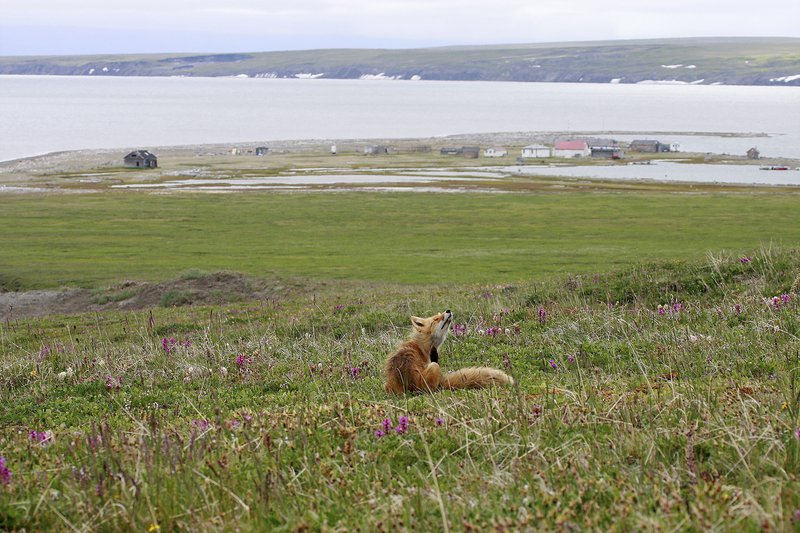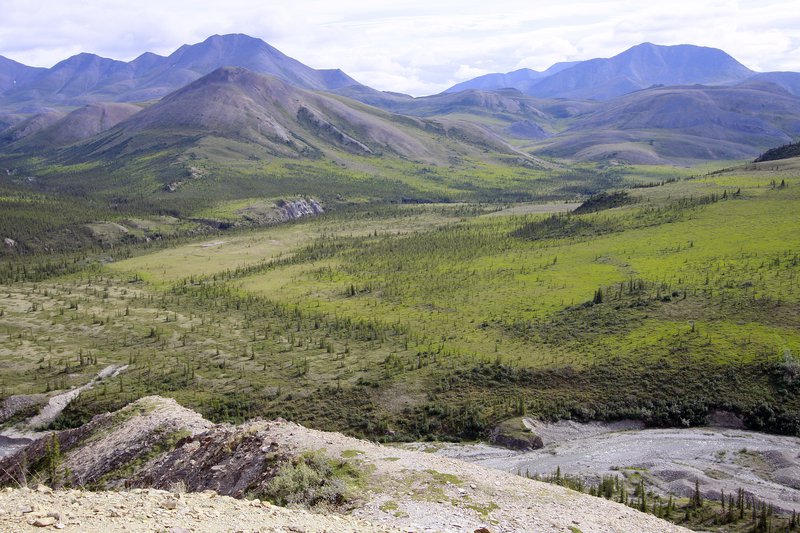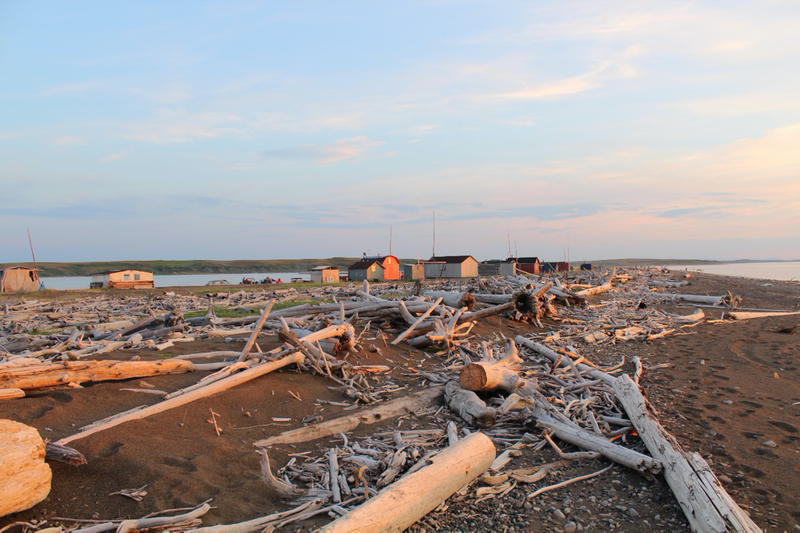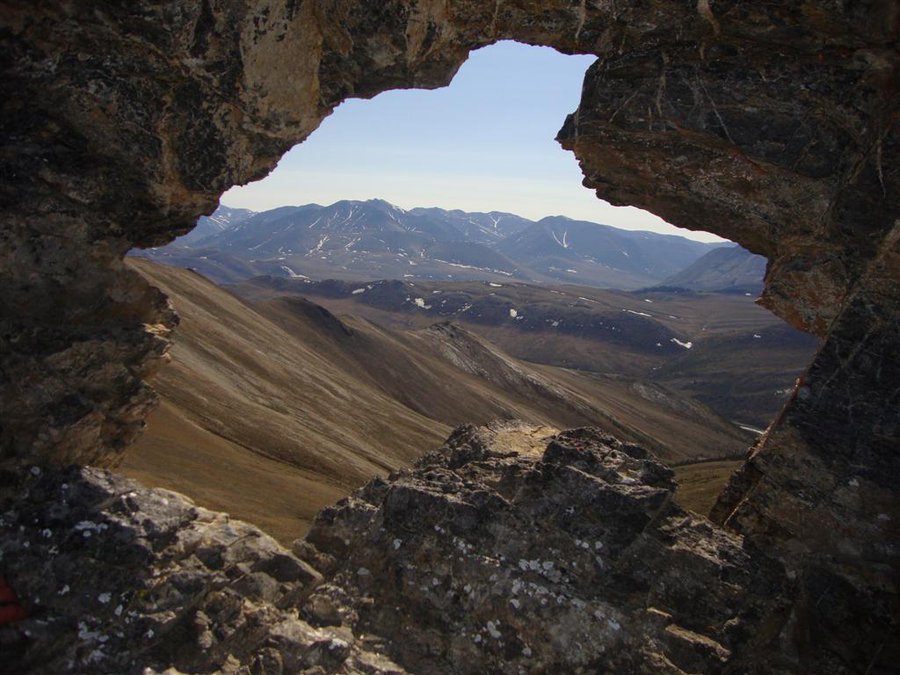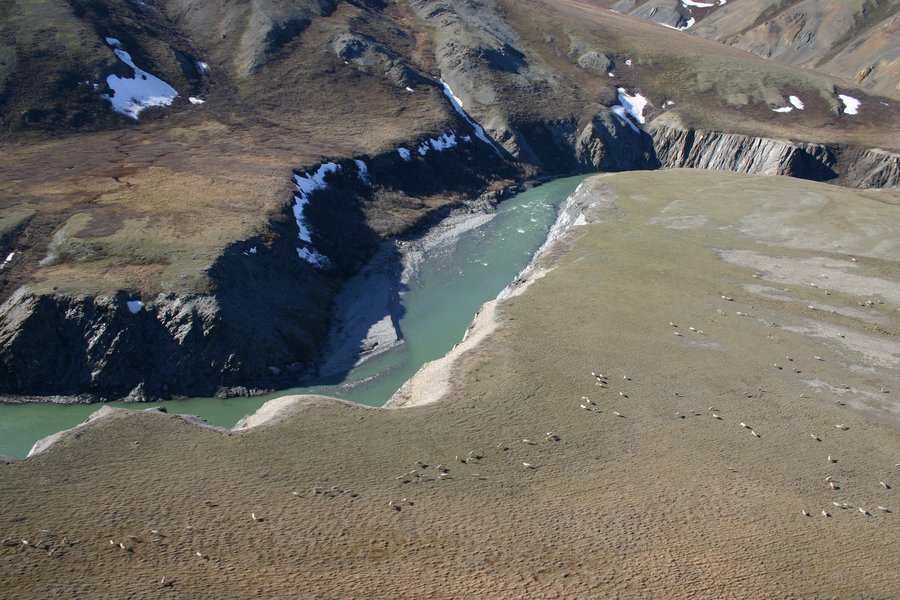Stewarding the Land
Two parks were created on the Yukon North Slope, as part of the Inuvialuit Final Agreement: Ivvavik National Park and Herschel Island-Qikiqtaruk Territorial Park. As a result, about half of the Yukon North Slope is now under formal protection through parks created in collaboration with Inuvialuit. In 2024, the area east of the Babbage River to the Yukon-Northwest Territories border became Aullaviat/Anguniarvik Traditional Conservation Area.

